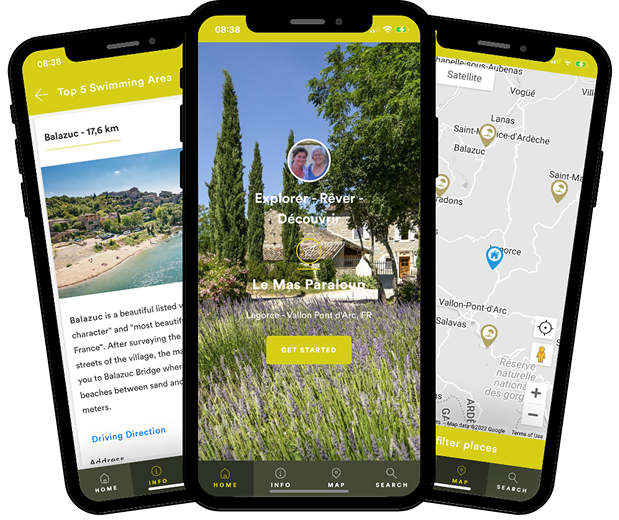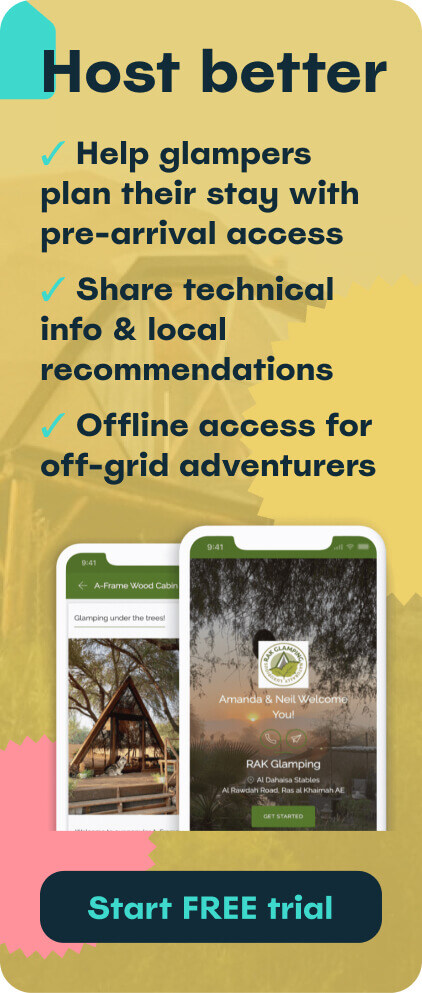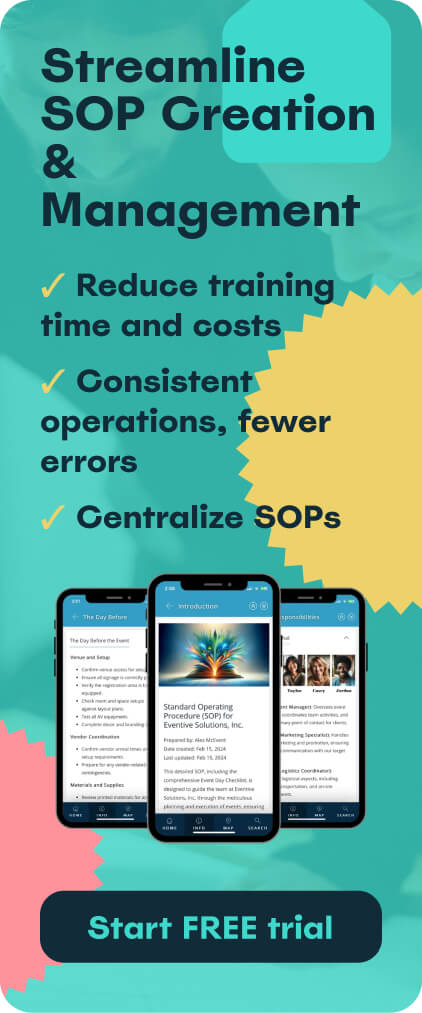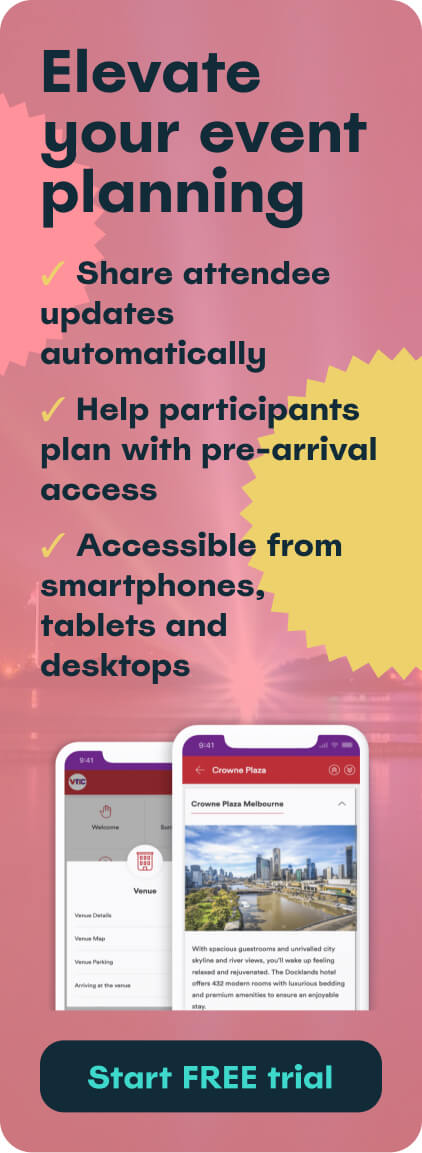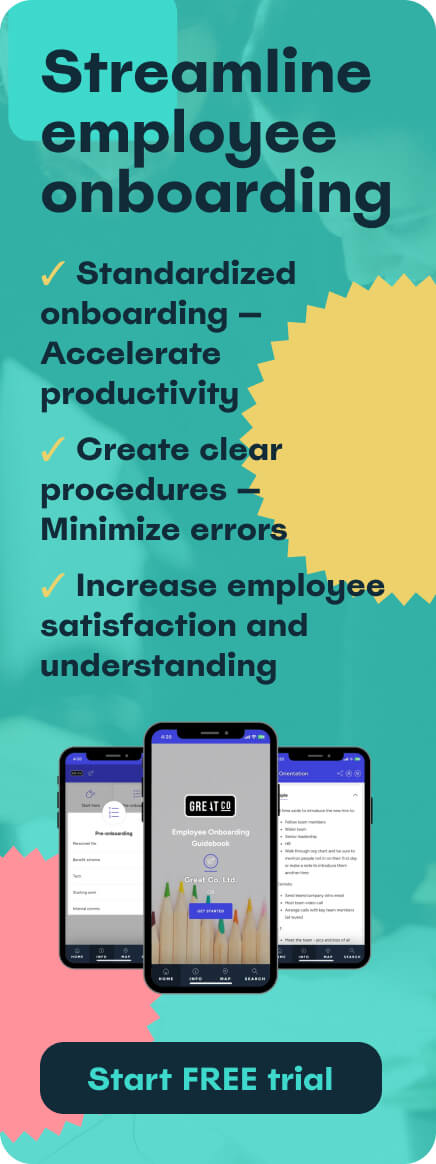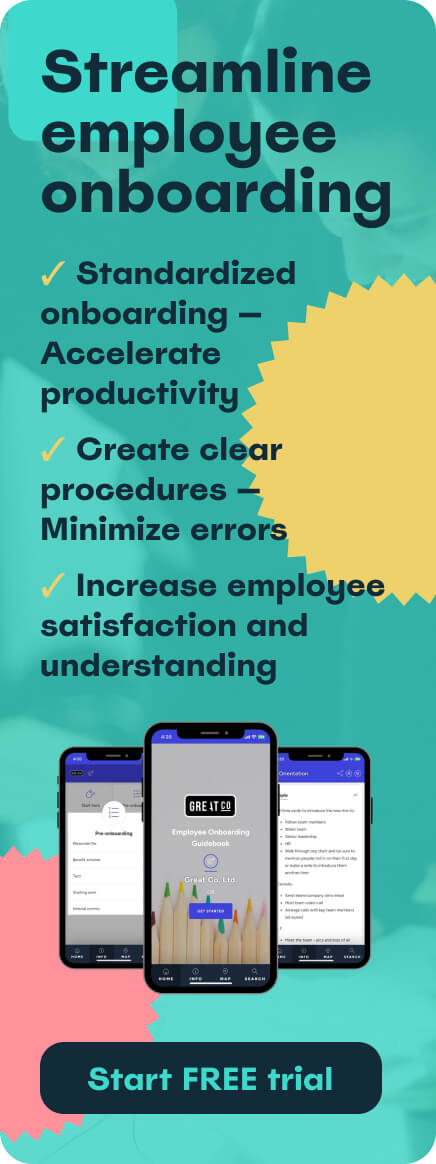The way we connect, transact and learn in the digital age has been revolutionised, and the business world is no different. From banking to retail and short-term rentals, the first impression a company makes on a new user is a smooth, seamless digital experience. This is the essence of digital onboarding, and it's a game-changer for businesses looking to enhance efficiency, reduce costs, and build lasting relationships.
In this comprehensive guide, we'll explore everything you need to know about digital onboarding, from its core definition to the best practices and software solutions available today:
- What is digital onboarding?
- Types of onboarding
- Why is digital onboarding important?
- How does digital onboarding work?
- How to onboard a new customer digitally?
- Best digital onboarding software and platforms
- Digital onboarding best practices
- Frequently asked questions
Want effortless digital onboarding? Try Touch Stay today
What is digital onboarding?
Digital onboarding is the process of integrating a new customer, client, or employee into a business using digital tools. It replaces traditional, manual paperwork with an automated, online-first experience. This can include everything from digital contract signing and identity verification to providing access to training materials and company resources. It’s all about creating a streamlined, convenient, and intuitive journey for the new user, ensuring they feel welcomed and prepared from the very first interaction.
Types of onboarding
Onboarding isn't a one-size-fits-all process. It can be tailored to various contexts and user types. Here are some of the most common types:
Customer onboarding
This involves getting a new customer set up with a product or service. The goal is to get them to their "aha moment", the point where they understand the value of what you offer. For a short-term rental host using a platform like Touch Stay, this means a guest is effortlessly able to access all the information about their stay.
Employee onboarding
This is the process of integrating a new hire into an organisation. It goes beyond the first day and can span several weeks or months. Digital employee onboarding includes all the necessary paperwork, but also introduces the company culture, values, and team members. This reduces administrative burden and ensures a consistent, positive experience for every new hire, whether they are remote, hybrid, or in-office.
Partner and vendor onboarding
For businesses that work with external partners or vendors, this process ensures they are successfully integrated into the company's ecosystem. It involves gathering necessary documents, setting up accounts, and providing access to a dedicated space for collaboration and information sharing. This ensures smooth operations and compliance.
Why is digital onboarding important?
Digital onboarding isn't just a trend; it's a strategic necessity for modern businesses. The benefits include:
Improved efficiency and time savings
Automating manual tasks like data entry and document collection can cut onboarding time by up to 50%. This frees up valuable staff time to focus on high-value activities.
Enhanced user experience and engagement
A frictionless, well-structured onboarding process leads to higher user satisfaction and engagement. For customers, a smooth sign-up journey can significantly increase conversion rates. For employees, a positive onboarding experience is directly linked to higher retention.
Increased scalability
As your business grows, digital onboarding can handle an increasing number of new users without a significant increase in administrative burden. Whether you are onboarding one person or a thousand, a well-designed digital system can scale to meet the demand.
Cost reduction
By eliminating the need for paperwork, printing, and in-person meetings, digital onboarding significantly reduces operational costs. It also minimises human error. According to research, digital onboarding can reduce the cost per client from an average of £280 to just £120.
Enhanced security and compliance
Digital onboarding platforms often come with built-in security features like encryption and biometric verification, which are more secure than traditional methods. This helps companies meet regulatory requirements like Know Your Customer (KYC) and Anti-Money Laundering (AML) with an automated, auditable trail.
How does digital onboarding work?
The exact process of digital onboarding varies, but it generally follows a similar workflow. At its core, it is about creating a streamlined, paperless journey. Here is a breakdown of how it typically works:
- Identity Verification and Authentication: The process begins by verifying the user's identity. This can be done through a variety of methods, including government-issued IDs, biometric data like facial recognition, or liveness checks.
- Information Collection: The user provides personal and professional details through an online form. This is a secure and automated process that replaces the need for filling out paper forms.
- Document and Contract Signing: Any necessary documents are provided digitally for review and e-signature. This is a legally binding and efficient way to handle contracts.
- Information and Resource Provision: The new user is granted access to a digital portal or guidebook where they can find all the information they need. This centralised hub prevents information from being scattered across multiple emails and documents.
- Training and Education: Digital onboarding often includes interactive training modules, videos, and quizzes. This allows users to learn at their own pace.
- Progress Tracking and Analytics: A key advantage of digital onboarding is the ability to track the user's progress through the entire journey. Companies can monitor which steps have been completed, identify bottlenecks, and use data to continuously improve the process.
Ready for seamless digital onboarding? Touch Stay makes it happen for free!
How to onboard a new customer digitally?
Onboarding a new customer digitally should be a seamless, intuitive experience. Here's a step-by-step process to follow:
- Define Your Goals: What do you want your customers to achieve by the end of the onboarding process? Having clear goals will guide the entire process.
- Create a Simple Sign-Up Flow: Keep the initial sign-up process as simple as possible. Only ask for the essential information needed to get started.
- Implement Automated Identity Verification: Use modern technology to verify identities remotely. This adds a layer of security and trust while making the process fast and convenient for the user.
- Provide a Centralised Digital Guidebook: Create a single, accessible online hub where new customers can find all the information they need. This should be a dynamic resource, not a static PDF.
- Use Interactive Training and Guides: Instead of long, text-heavy instructions, use interactive product tours, short videos, and in-app tips.
- Personalise the Journey: Use the information you collect to tailor the onboarding experience. For example, a customer onboarding to a short-term rental should receive information specific to that location.
- Gather Feedback: Continuously ask for feedback from new customers. What did they find easy? What was confusing? Use this information to iterate and improve our digital onboarding process
Best digital onboarding software and platforms
Choosing the right software is crucial for a successful digital onboarding strategy. Here are 12 of the best digital onboarding solutions, with a focus on how they support the process and their pricing models.
1. Touch Stay
Touch Stay provides digital guidebooks for a huge variety of use cases, from seamless short-term rentals to effortless employee onboarding. Touch Stay is an excellent solution for delivering organised, engaging and easy-to-update information to your users.
- Pricing: 14-day free trial (then just £5.83 per month)
Click here to see a Touch Stay digital onboarding guidebook in action!

2. Appcues
This platform helps businesses create in-app experiences without code. It's best for user onboarding flows and product tours, helping companies improve user retention.
- Pricing: Starts at $249 per month (billed annually).
3. iSpring Learn
iSpring Learn is an LMS that is excellent for employee onboarding and training. It offers mobile-friendly learning, allowing new hires to complete training modules on the go.
- Pricing: Starts from $3.70 per user per month (billed annually).
4. Intercom
Known for its in-app messaging and customer support, Intercom allows companies to provide personalised, proactive guidance to new users directly within the app.
- Pricing: Starts at $29 per user per month (billed annually).
5. Clustdoc
Clustdoc focuses on automating client and employee onboarding workflows. It's particularly strong for secure document collection and client portals.
- Pricing: Starts at £155 per month.
6. Motion.io
This software is designed to help teams automate tasks and collaborate on client projects. It's useful for project-based client onboarding, with task automation and communication tools.
- Pricing: Starts at $17 per user per month (billed annually).
7. Chameleon
Chameleon is a product adoption platform that helps businesses create interactive product tours, tooltips, and checklists. It's a great tool for guiding users through their first product experience.
- Pricing: Starts from $279 per month.
8. Dock
Dock is a solution for creating custom onboarding portals for clients. It provides a shared space for collaboration, document sharing, and progress tracking.
- Pricing: Starts at $49 per month.
9. Rocketlane
Rocketlane is a client onboarding platform that offers a shared workspace for customers and internal teams. It's best for remote collaboration and project transparency.
- Pricing: Starts at $19 per user per month.
10. Ondato
As a digital identity verification and compliance platform, Ondato is a powerful tool for industries like banking and finance, specialising in remote identity verification.
- Pricing: Requires custom pricing.
11. WalkMe
WalkMe is an enterprise-grade digital adoption platform that helps businesses create interactive website walkthroughs and guidance.
- Pricing: Typically costs between £2,000 and £3,000 annually.
12. Dropbox
Known for file sharing, Dropbox offers tools for digital onboarding, particularly for document management and team collaboration. It provides a centralised location for new users to access and sign documents.
- Pricing: Has various plans, including a free tier, with paid plans starting from £8.50 per month.
Digital onboarding best practices
To get the most out of your digital onboarding process, follow these best practices:
- Start before day one. Send a welcome message, company materials, and login details in advance.
- Combine automation with a human touch. Use automated workflows for tasks, but schedule personal check-ins from managers to build relationships.
- Personalise the experience. Use your digital platform to tailor the journey to the user's specific role or needs.
- Provide a clear path and milestones. Set expectations for the first week, month, and quarter to help users stay focused.
- Make it easy to find what they need. Use a well-organised, centralised hub for all information.
- Gather feedback regularly. Ask new users about their experience to refine and optimise your process.
- Focus on mobile-friendliness. Ensure your digital onboarding platform is accessible on any device.
- Integrate with other systems. Choose a solution that can easily connect with your existing HR or CRM tools.
Ready to streamline your digital onboarding? Try Touch Stay today!
Frequently asked questions
Remote identity verification (RIV) is the process of confirming a person's identity remotely, without a face-to-face meeting. It uses digital technologies like biometric authentication and liveness detection. RIV is a crucial part of digital onboarding in industries like finance to ensure security and prevent fraud.
Digital onboarding is a paperless, automated, and streamlined process that uses online tools. Traditional onboarding is manual and relies on in-person meetings and physical paperwork. Digital onboarding is faster, more scalable, more secure, and provides a better user experience.
Yes, digital onboarding is often more secure than traditional methods. Modern platforms use advanced security measures such as encryption, multi-factor authentication, and biometric verification to protect sensitive user data. A well-designed system provides an auditable trail that is much less susceptible to human error or physical theft.
Digital onboarding is most prevalent in sectors that handle a high volume of new customers or employees and require stringent security. This includes: financial services, healthcare, e-commerce, short-term rentals, and education.
The cost of digital onboarding varies significantly depending on the software, the number of users, and the features required. Some platforms offer free tiers, while per-user costs can range from £5 to over £40 per month. While there is an upfront investment in software, it is often offset by long-term savings in administrative costs and increased efficiency.
The success of digital onboarding is measured using key metrics, including: Time to Value (TTV), Onboarding Completion Rate, Activation Rate, and User Retention. A well-designed process should also reduce the number of support tickets from new users.

Ned
Ned has clocked up over 11 years in digital marketing and comms, with a strong focus on creating engaging content for a range of brands and agencies. When he’s not writing, he can be found digging for records, peering through his telescope at the night sky, or onboard his local lifeboat where he volunteers as a crewmember.
Be the first to know!
Join our newsletter for early access to:
- ✅ Free guides
- ✅ Pro tips & tricks
- ✅ Time saving tutorials
- ✅ Latest blog posts
- ✅ Checklists & templates

